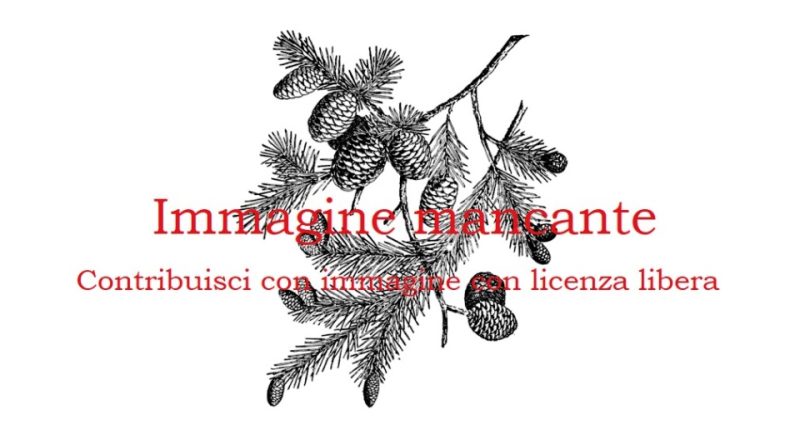Picea austropanlanica
Picea austropanlanica
Picea austropanlanica (Picea austropanlanica Silba, 1999) is an arboreal species belonging to the Pinaceae family.
Systematics –
From a systematic point of view it belongs to:
Eukaryota Domain,
Kingdom Plantae,
Pinophyta Division,
Pinopsida class,
Order Pinales,
Pinaceae family,
Genus Picea,
P. austropanlanica species.
Etymology –
The term picea is the Latin name of the wild pine in Virgil and Pliny.
The specific Austropanlanic epithet consists of two parts: from Austro áuster, the south wind and another name not well identified in its origin.
Geographic Distribution and Habitat –
Picea austropanlanica is a conifer native to central-western China where it grows in woodland formations.
Description –
Picea austropanlanica is a conifer with a symmetrical habit and evergreen foliage.
The leaves (needles) are inserted individually on the twigs and not gathered in bunches and each single leaf is attached to the twig by a cap-shaped structure called pulvinus. The needles fall off when they have reached 4-10 years of age, leaving the rough twigs with the remaining pulvins.
The pine cones are pendulous.
Cultivation –
Picea austropanlanica is an evergreen conifer that grows mainly in the natural state in a central western area of China.
Reproduction occurs by seed.
Customs and Traditions –
Picea austropanlanica was first scientifically described by Silba in 1999.
In its areas it is mainly used for the use of its timber, although there is little information on this.
Preparation Method –
Picea austropanlanica is a conifer whose use is exclusively for the use of its timber.
Guido Bissanti
Sources
– Acta Plantarum – Flora of the Italian Regions.
– Wikipedia, the free encyclopedia.
– GBIF, the Global Biodiversity Information Facility.
– Useful Tropical Plants Database.
– Conti F., Abbate G., Alessandrini A., Blasi C. (ed.), 2005. An annotated checklist of the Italian vascular flora, Palombi Editore.
– Pignatti S., 1982. Flora of Italy, Edagricole, Bologna.
– Treben M., 2000. Health from the Lord’s Pharmacy, Advice and experiences with medicinal herbs, Ennsthaler Editore.
Photo source:
– http://sweetgum.nybg.org/images3/3592/586/00659001.jpg
Warning: Pharmaceutical applications and alimurgical uses are indicated for informational purposes only, they do not represent in any way a medical prescription; therefore no responsibility is taken for their use for curative, aesthetic or food purposes.


